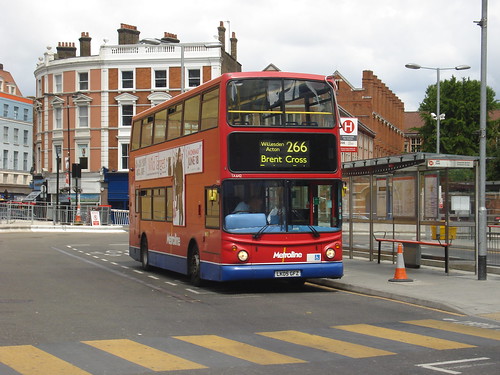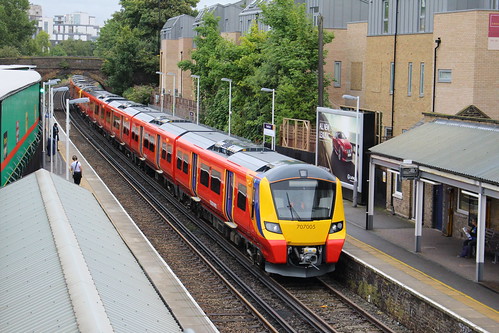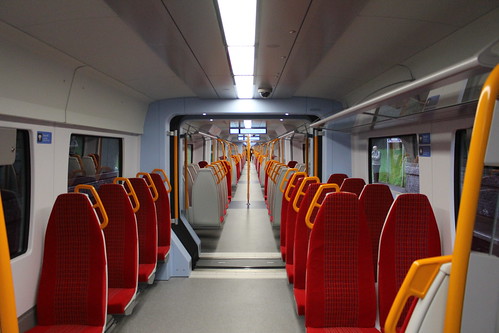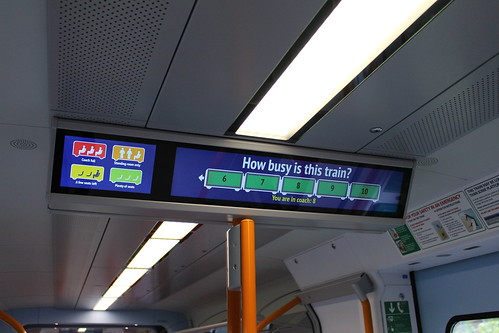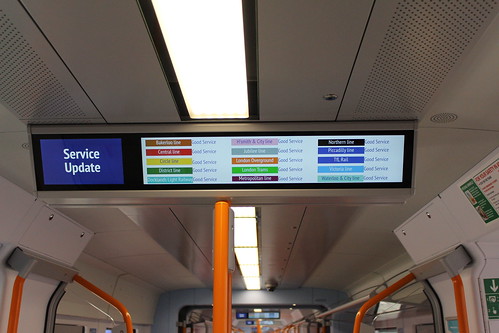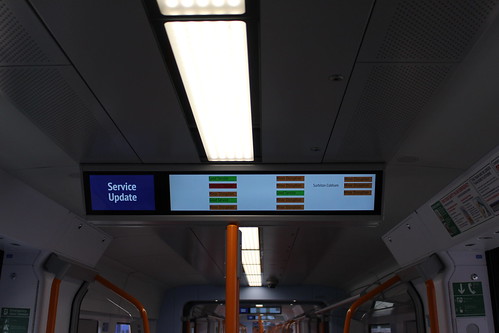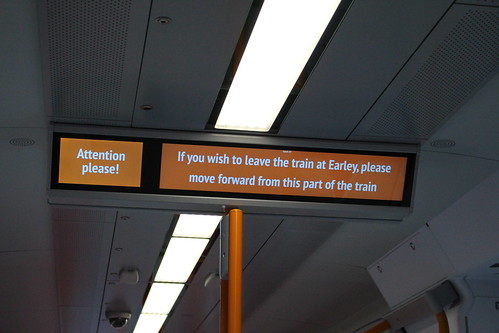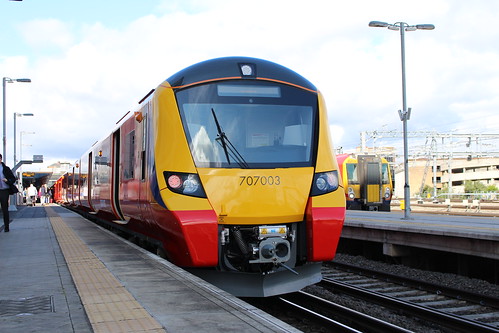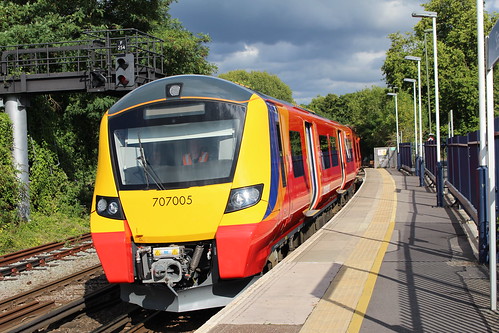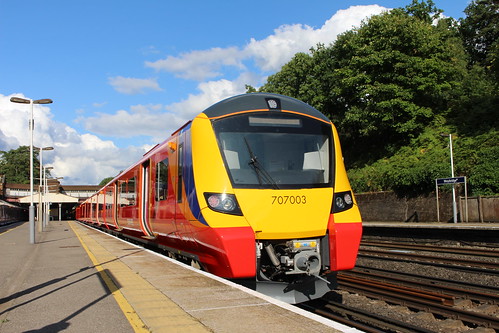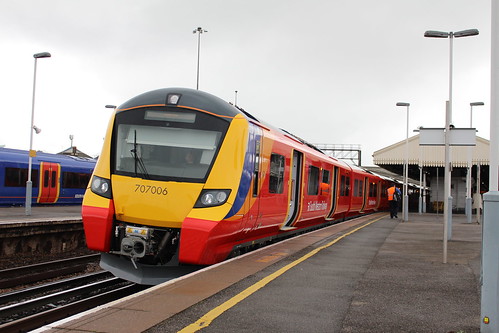Brief history of Route 258
The 258 began life in 1971 as a replacement for the 182 which was withdrawn between Harrow Weald and Watford Junction. The route ran from Harrow-on-the-Hill station to Watford Junction on a PVR of 5MBs from Harrow Weald garage.In 1978 the route was extended southwards from Harrow to South Harrow, and then rerouted to run via Harrow-on-the-Hill from 1981 replacing the withdrawn route 136.
In 1991 the 258 route contract was awarded to Luton & District and ran from Garston garage. In January 1996 the route was awarded to London Bus Lines from Southall and ran with Plaxton Pointer Darts. A Sunday service was introduced from April 96.
January 1999 the route was won by First CentreWest running from Alperton. Low-floor Trident President (TN) buses were introduced in 2001.
In February 2006, Arriva the Shires won the route and ran it from Garston using eleven new Wrightbus Pulsar Gemini buses.
During the early part of summer 2017 it was announced that RATP London Sovereign had won the new 258 contract and would use E400 ADEs displaced by Metroline's takings of the 120 and 222. By mid-summer it became apparent that Sovereign would be capable of taking over the route much earlier than the original contract date. Following agreements between Sovereign, Arriva and TfL is was agreed that the route would change operators on 30-Sept 2017 instead of February 2018.
First's operation of the route was hampered by long garage runs to/from Alperton and reliability suffered badly. When Arriva took over it was hoped that the reliability would improve and for a time it did. Overtime however the reliability fell, hampered by unpredictable traffic flows in and around Watford. Whenever Watford FC played at home, the entire route seemed to disappear! The long garage journeys to and from Garston have also since played a part in Arriva's poor reliability. The allocation has often gone walkabout too in recent years with as many as five single deck buses on the route at one time! At the very end the fleet of DWs at Garston have been all but replaced by older VLWs displaced by LTs from Ash Grove, with only DWs 145, 190 & 191 still in the fleet.
As a very regular user of the 258, the service under First was not very good, and had only gone down hill since. London Sovereign can hardly do a worse job, or can they?! The only thing I'm going to miss is the complete randomness of the 258s allocation.
Arriva's 258
 |
| [Now withdrawn] DWL94, then 3725, climbs Roxeth Hill in December 2015 © Tommy Cooling |
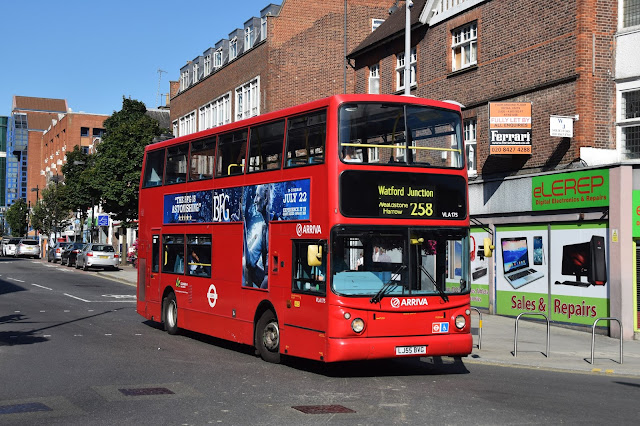 |
| VLA175 is a typical example of daily allocation of the 258 and is seen in Harrow in August 2016 © Tommy Cooling |
London Sovereign Preparation
London Sovereign's 258
 |
| ADE40411 pulls out of South Harrow Bus Station on the first morning of RATP operation 30/09/17 © Tommy Cooling |
 |
| ADE40418 arrives in South Harrow Station on the first morning of RATP operation 30/09/17 © Tommy Cooling |
 |
| ADE40418 in Harrow Town Centre heads towards South Harrow 03/10/17 © Tommy Cooling |
 |
| ADE40413 in Harrow Town Centre heads towards Watford Junction 03/10/17 © Tommy Cooling |
 |
| ADE40434 picks up outside Watford Junction Station ready to form a service to South Harrow © Tommy Cooling |
 |
| ADE40409 waits on stand for its correct departure time in Watford © Tommy Cooling |
Post by Tommy Cooling
All these images and more can be found on my Flickr page:
All these images and more can be found on my Flickr page:
Please do not reproduce any of my images without permission




